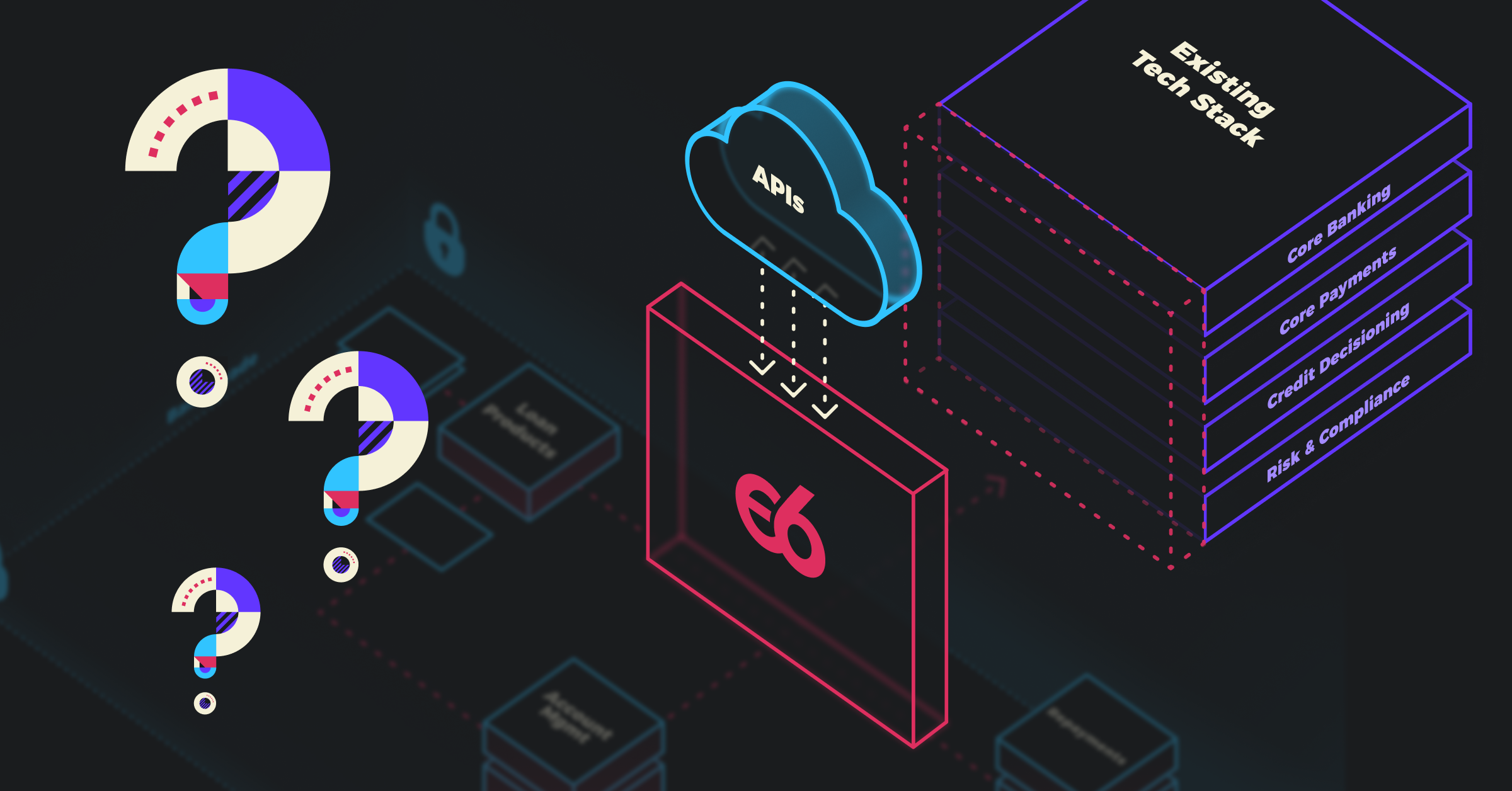Why modernize? Your path to the future of banking

In today's rapidly evolving landscape of banking technology, institutions are facing a critical juncture. Banks are primed to offer their customers a great experience and the products they need. Legacy technology is stable and reliable, but often lacks the flexibility that banks need to adapt. Modernizing enables banks to meet the moment and offer the digital-first options customers want. So what exactly are the benefits of a modern platform, and how does it meet the needs of customers?
Faster, cheaper, better
Modernizing means getting on the cloud. By scaling with a cloud provider, you don’t have to run as many applications on your mainframe. When running your own data center for your bank platforms, you need enough server capacity to support all customers logging on simultaneously. That means you’re paying for the full capacity, whether there are ten or one thousand customers on at once.
“If those servers are in the cloud, you only pay for the data being used,” says Brian Muse-McKenney, Chief Revenue Office at Episode Six. “This allows you to reduce your infrastructure costs, letting you focus on what matters most—building compelling experiences for your customers.”
The cloud also shortens development times. Legacy systems are bound to their initial functionality, making it difficult to introduce new products without major infrastructure changes. In modern, configurable cloud-based platforms, it’s simple to build new products and bring them to market in a matter of months.
Greater flexibility
A bank with a modern platform can be more flexible. This flexibility results in the bank’s products and platforms effectively embedding into different channels such as different apps and banking portals. Modern technology built in the cloud enables banks to easily configure their product for a different use case or business model. “The built-in configurability of cloud-based and API-enabled technology equips your bank to easily design and launch products that cater to customer needs, helping you secure customer loyalty,” says Muse-McKenney.
Improved customer experience
Modernizing can help your bank more effectively serve both businesses and consumers. Banks that rely on slow and outdated technology can’t keep up with their rapidly growing business customers and deliver the working capital they need. “By leveraging improved data availability through cloud-based infrastructure and API-enabled platforms, banks are equipped to provide faster and more convenient solutions that solve the pain points of their SME customers,” says Dan Phillips, Sales Director at Episode Six.
In the consumer realm, payments are a part of everyday life. For example, a parent might need ways to easily manage their children’s spending. With configurable virtual accounts, banks can define hierarchical relationships between parent and child accounts. Banks can offer prepaid cards to families, which give parents full control over a card’s spending limits and eligible merchants. This solution offers financial empowerment to younger cardholders without posing additional risk to parents. With modern technology, banks can offer better payment solutions for real-world problems their customers are facing.
Cutting-edge innovation
By keeping your core for vital functions and implementing modern technology for new product development, you can introduce new products and capabilities. With cloud-native technology, you can easily launch modern products like virtual accounts, digital wallets, and tokenized cards—all of which are difficult to create on mainframe legacy cores. With this approach, it's far quicker to get to market with solutions that customers demand. “You can introduce your customers to dynamic new offerings like B2B installments, without impacting your existing tech—it can be as simple as adding a button to your UI. All you need is the right partner,” says Craig Ramsay, Managing Director and Business Development Head of EMEA at E6.
Near and long-term ROI
By modernizing progressively, you can lower the risk of your transformation efforts while also enabling near-term and long-term return on investment (ROI). In the process, you get the speed and agility you need to create payment products your customers love.
Integration of core and cloud is the key to success
“Modernization isn’t a binary—Core Then vs. Core Now. An effective payments stack should include your existing core plus additional systems provided by trusted partners that give you the ability to differentiate and grow your business,” notes Matt Little, Vice President of Product at E6.
The combination of core and integrated systems should tag-team various platform functions, allowing you to score a perfect 10 in every area. Let your core handle key functions where it excels – like process orchestration and general ledger. When it comes to innovation and meeting new customer needs, it’s time to leverage cloud-based technology. Progressive modernization is a proven strategy that allows you to extract key features from your core, so you can drive innovation without losing your foundation.
Episode Six has made progressive modernization possible for some of the world’s largest banks and brands, empowering them to move away from the limitations of legacy and effectively address consumer demands. Our wallet and cards technology gives you the flexibility to achieve your product ambitions and delight your customers.
You can read more about progressively modernizing your technology through a scalable and efficient process by downloading our Progressive Modernization Playbook.
To speak with one of our experts and learn more about how to progressively modernize your technology, contact E6 today.
About E6
E6 helps banks and brands create payment products their customers love. We provide ledger and cards technology that can power almost any payments use case. Our cloud-based platform, TRITIUM®, is designed to fit into your existing tech stack, so you can easily build market-leading products without disrupting ongoing operations. Our solutions are scalable, flexible, and powerful, giving you the ability to stay ahead of the market and strengthen your business.
